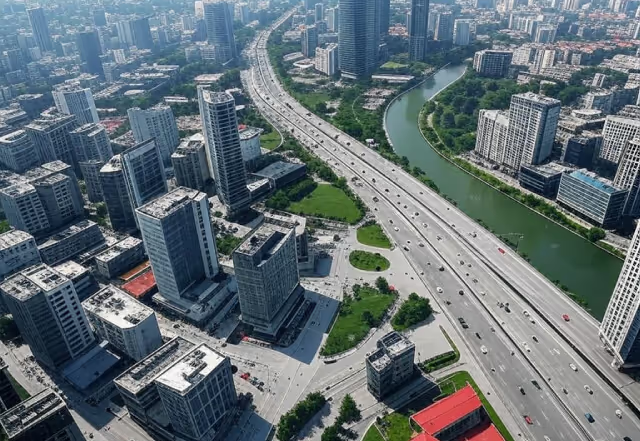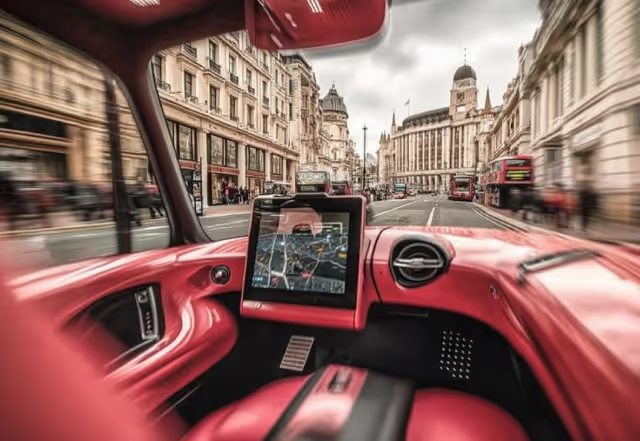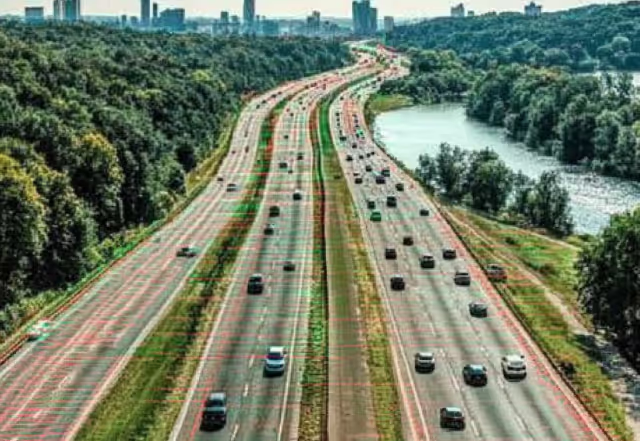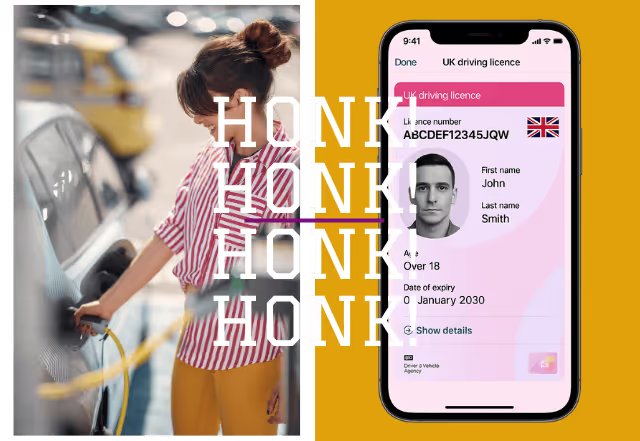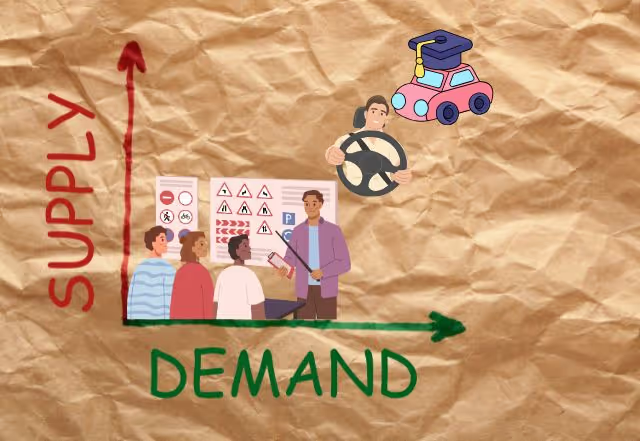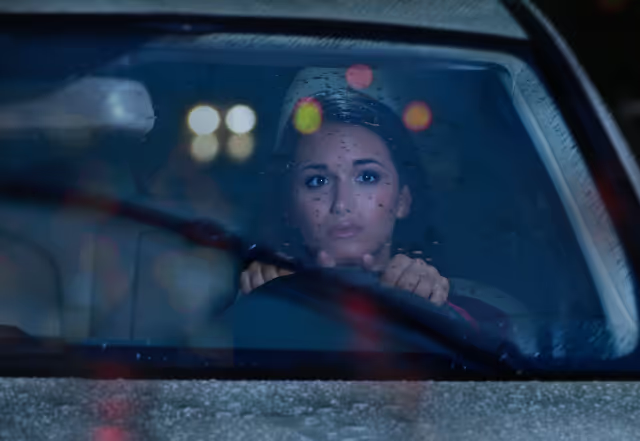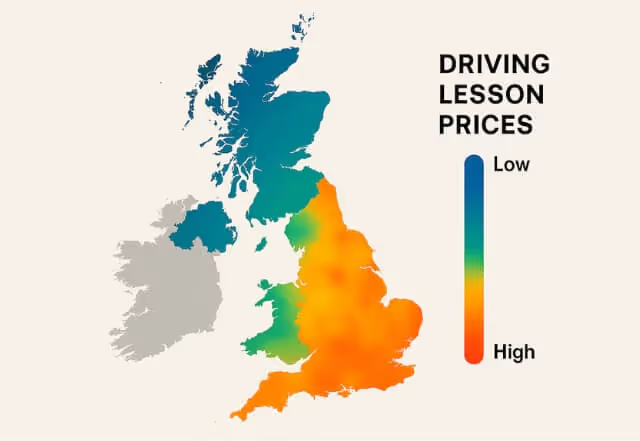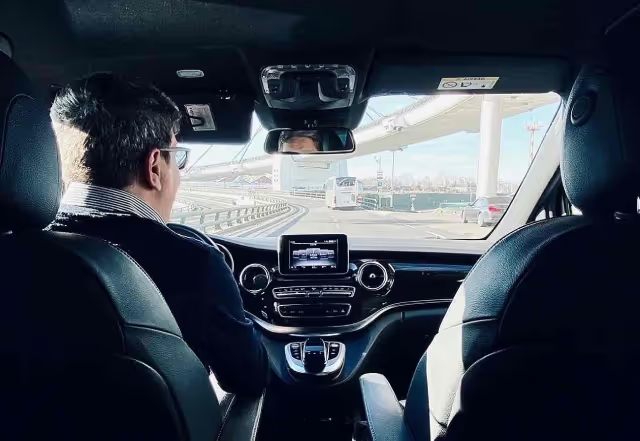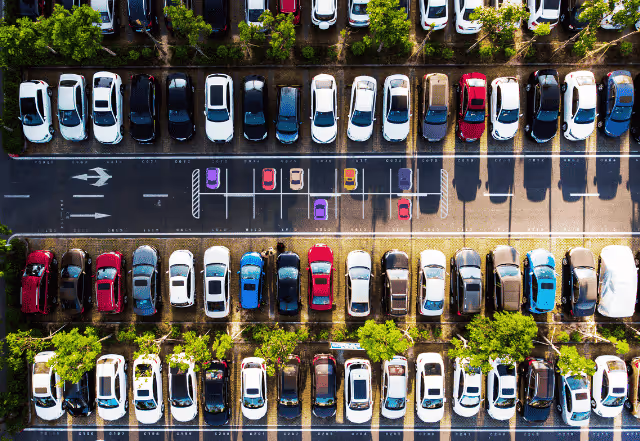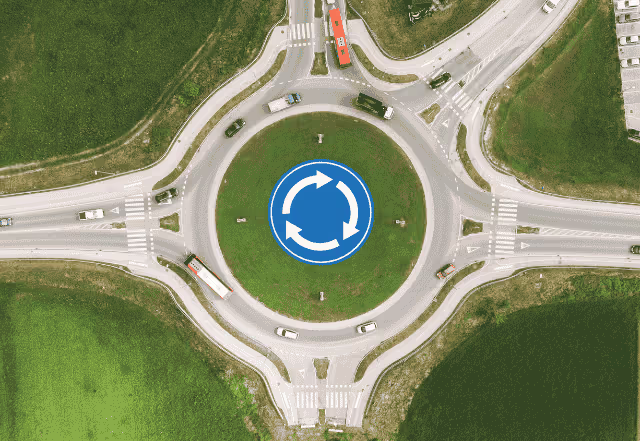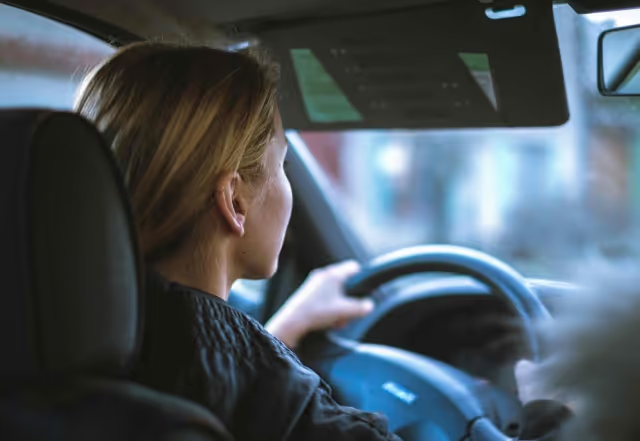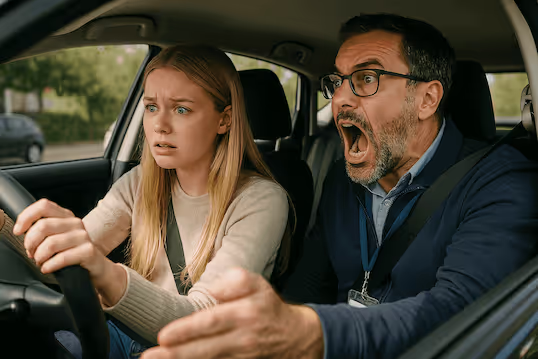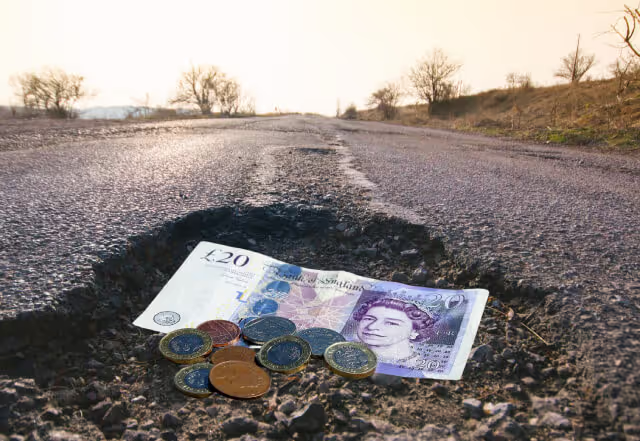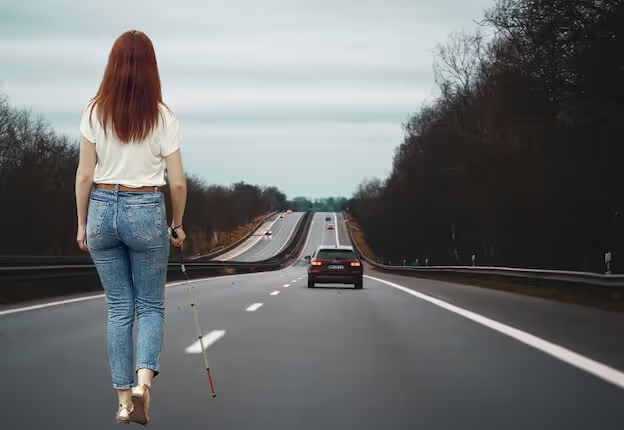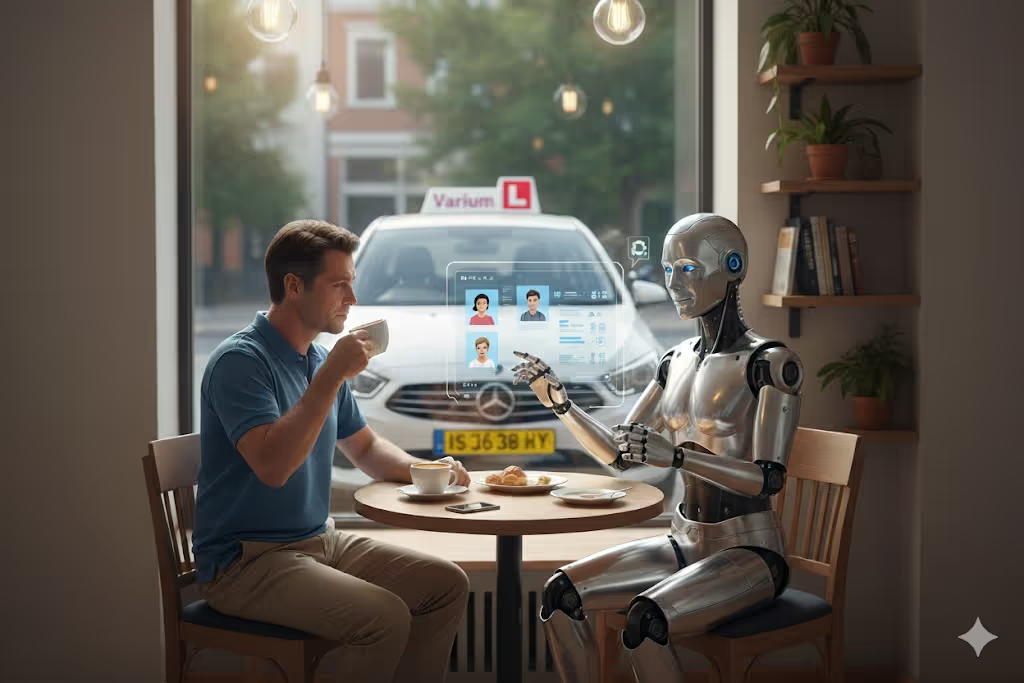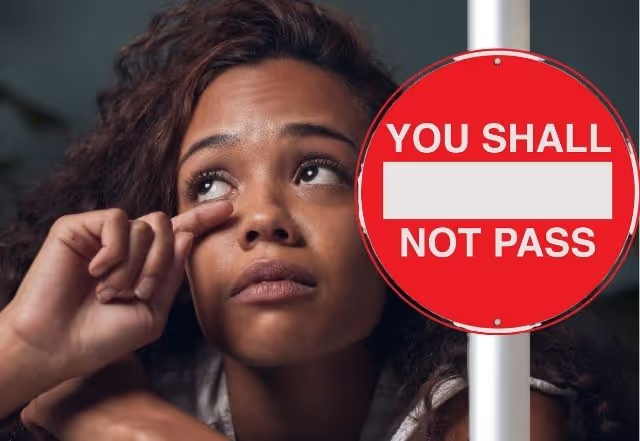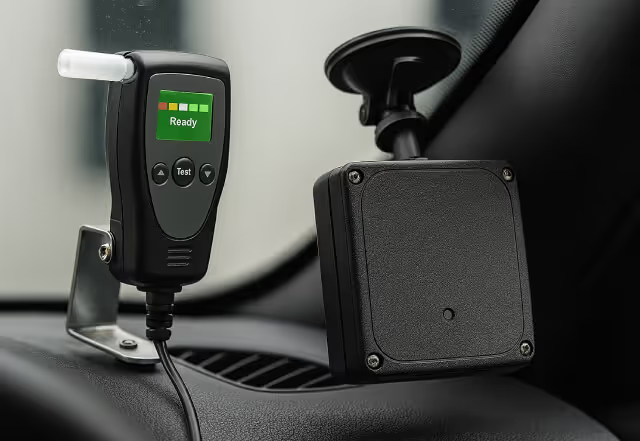How Urban Planning Impacts Driving Behavior and Safety
When learning to drive, most of the focus is on what happens inside the car—steering, signalling, gear changes, and hazard perception. But what about the environment outside the car?
City layouts, traffic infrastructure, and street design all have a major impact on how we drive, how safe we feel, and how well learners adapt to real-world conditions. In this article, we’ll explore how urban planning affects driver behavior, what it means for learner drivers, and how better design can support safer roads for everyone.
🏙️ What Is Urban Planning?
Urban planning refers to how cities and towns are organized—from road widths and traffic flow, to roundabouts, crossings, bike lanes, and public transport access. It shapes the way we move through space every day.
Well-designed infrastructure can:
- Make navigation intuitive
- Encourage defensive driving
- Reduce accident rates
- Ease the learning curve for new drivers
Poor planning, on the other hand, can:
- Increase stress and confusion
- Lead to more dangerous maneuvers
- Overwhelm new or nervous drivers
- Cause bottlenecks and risky shortcuts
🚦 How City Layout Affects Driver Decisions
Urban layouts can either guide or challenge safe driving habits:
1. Complex Intersections
Multi-lane roundabouts, offset crossroads, or junctions with poor signage can cause hesitation or panic—especially for learner drivers.
Tip: Instructors should simulate or practice these areas ahead of time if they’re part of the driving test route.
2. Narrow Streets and One-Way Systems
Older city centres often weren’t built for cars. Narrow streets, parked cars, and frequent give-way situations demand quick decisions and strong spatial awareness.
3. Traffic-Calmed Zones
Speed bumps, pedestrianized zones, and 20mph zones encourage slower, more mindful driving. They’re great for practicing clutch control, mirror checks, and hazard anticipation.
🚗 How Infrastructure Shapes Driver Behavior
Street design influences not only where we drive, but how we drive.
- Wide, open roads may unintentionally encourage speeding.
- Hidden or unclear signage can lead to hesitation or missed turns.
- Separated bike lanes and crossings create safer conditions for vulnerable road users—but only if clearly marked.
According to road safety studies, well-planned intersections and signage can reduce crashes by up to 50% compared to poorly designed ones.
👨🏫 Why This Matters for Driving Instructors
Urban environments are where most learners will eventually drive. It’s essential to:
- Familiarize students with real-world street complexity
- Discuss how road design affects perception and timing
- Encourage proactive scanning in areas with higher pedestrian or cyclist traffic
- Help learners plan routes in cities where GPS isn’t enough
If your school operates in multiple boroughs or regions, compare test routes or common layouts—some learners may benefit from cross-city exposure.
🛠️ What Can Be Improved?
Urban planners are increasingly working alongside transport and safety experts to redesign public roads with safety in mind.
Features that benefit drivers and learners:
- Clear road markings
- Consistent signage at intersections
- Protected turn lanes at traffic lights
- More visible pedestrian crossings
- Smoother cycling integration, reducing unexpected swerves
Bonus: Good urban planning doesn’t just help drivers—it improves safety for cyclists, pedestrians, and public transport users alike.
🏁 Final Thoughts
Driving doesn’t happen in a vacuum—it happens in real environments designed by people. Urban planning can either make that experience smooth and intuitive, or cluttered and chaotic.
For instructors and learners alike, understanding the impact of road design on behavior is key to staying calm, focused, and safe behind the wheel.
The best drivers aren’t just good with the wheel—they’re aware of the world the road lives in.
